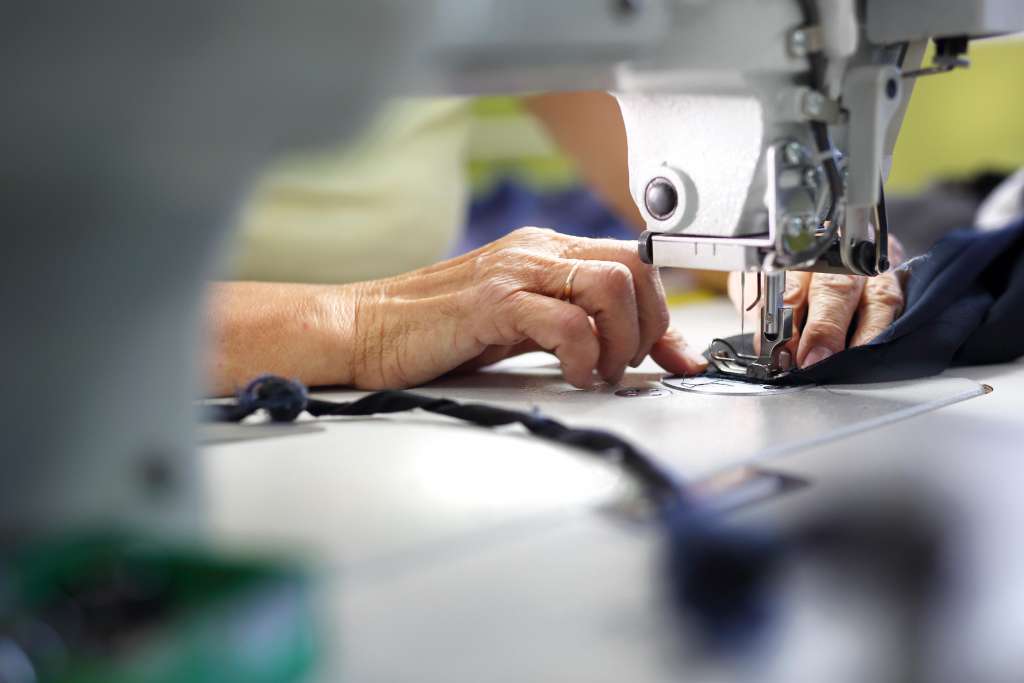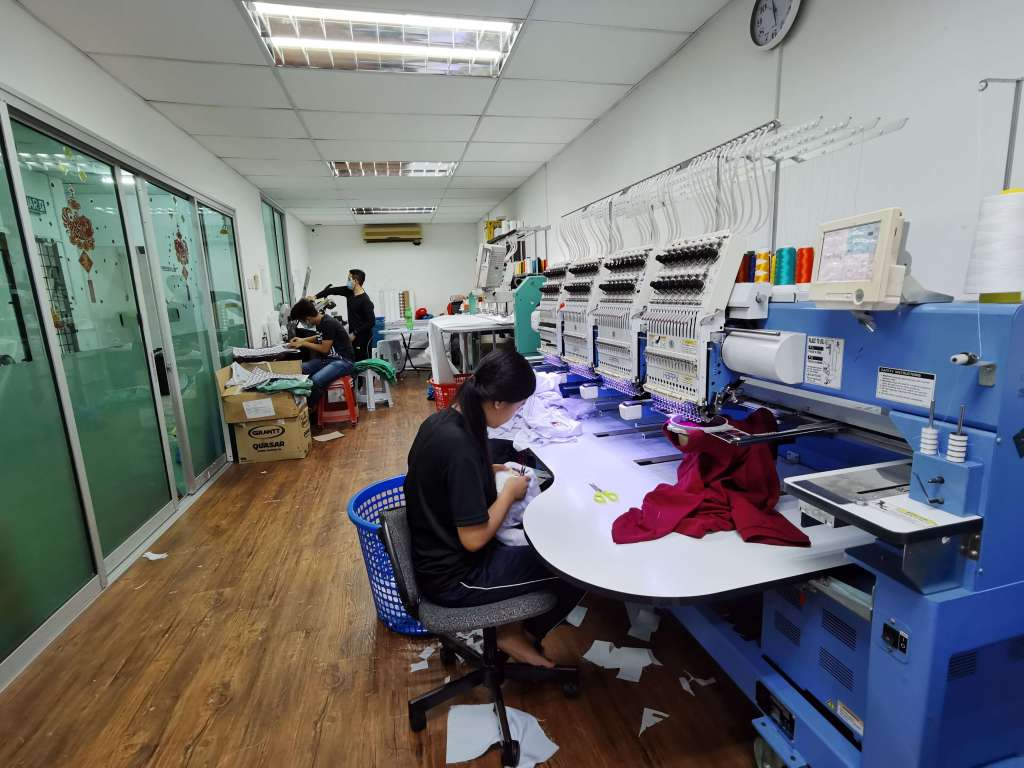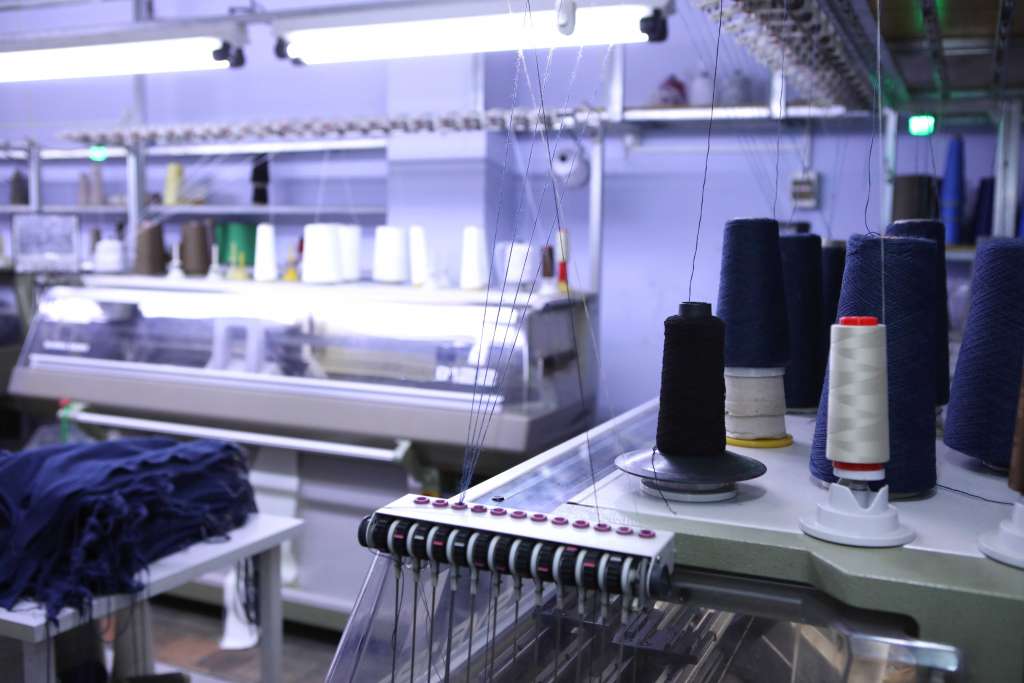How the Gas Supply Shortage is Impacting the Apparel Industry



Summary: The shortage of gas has disrupted almost all stages of manufacturing. Further, the inflation in raw material costs and the fear of worldwide recession is worrisome.
Apparel brands had hardly managed to recover from the disruption caused by the pandemic. In February this year, the Russian invasion of Ukraine pulled down the industry which was already on a slow climb to recovery. The fashion and apparel industry is one of the major natural gas consumers, globally. However, the gas shortage has resulted in a never-before supply chain disruption. Here is how the gas shortage and its immediate consequences have impacted the sector.
Jobs at Stake in EU Nations
Rising gas prices have been bothering textile-producing nations in Europe since February. Yes, even the region’s hub, Italy, is not safe. The situation is such that gas suppliers are seeking bank guarantees from textile companies for new supply contracts. The passing of these increasing costs onto consumers is impossible. Firms have pre-signed contractual obligations. As per estimates, energy costs have risen to as much as 25 percent of total manufacturing expenditure. Fashion brands are now considering shifting factories to parts of the world where prices remain low. As a result, roughly 1.3 million jobs are at stake in EU countries.
Gas Crisis Resulting in Production Halts
 Several apparel factories rely on textiles or fabrics imported from Asia. When supplies of these materials are affected, the units responsible for spinning, knitting, and dyeing also hit the pause button. Euratex, the body that represents more than 154,000 textile companies in the European Union, is demanding that the gas price be fixed at €80 per megawatt hour in the EU. They are looking for exceptional financial assistance to avoid shutdowns and bankruptcy.
Drop in US Apparel Imports
Several apparel factories rely on textiles or fabrics imported from Asia. When supplies of these materials are affected, the units responsible for spinning, knitting, and dyeing also hit the pause button. Euratex, the body that represents more than 154,000 textile companies in the European Union, is demanding that the gas price be fixed at €80 per megawatt hour in the EU. They are looking for exceptional financial assistance to avoid shutdowns and bankruptcy.
Drop in US Apparel Imports
The US is amongst the top ten apparel and textile raw material exporters worldwide. American factories import cotton and other materials from Asian nations. However, Office of Textiles and Apparel (OTEXA) data indicates a considerable drop in American apparel imports. This is a result of gas shortages in Bangladesh and Pakistan, impacting textile manufacturers.
The Asian Disadvantage

A considerable percentage of outsourcing in the textile and apparel industry happens in Asia. Well, the Russia-Ukraine war has impacted gas supplies in Asian countries as well. European nations are outbidding developing countries in getting access to whatever is up for grabs. Therefore, countries like Bangladesh, Pakistan, and Sri Lanka are facing an unprecedented energy crisis. They are unable to fulfill export commitments. India crossed $44.4 billion in apparel and textiles exports during FY22. But reports suggest the cost-of-living crisis in the US and the UK has reduced the potential for export improvement. The 9.5 percent import duty on Indian textiles in the UK and EU is also not helping.
Escalation in Transport Costs
The Ukraine war has disrupted trade routes causing unprecedented delivery delays. Plus, international transport costs are skyrocketing. Drastically increasing freight costs are a threat to brands, particularly those that have an entry-level positioning. To absorb extra costs, fashion labels have started to pause orders to EU suppliers and are sourcing from countries like Turkey where the government has an energy supply agreement with Russia.
Possible Impact on Buying Behavior
 Studies and reports have pointed out that consumers worldwide have tightened their purse strings. The high cost of living index has begun to influence shoppers in the mid-range segments. A McKinsey report forecasts a continued reduction in consumer demand due to higher grocery and energy bills. Extreme weather and geopolitical tensions clubbed with the covid crisis in China will continue affecting overall supply chains across the EU and Asia.
Studies and reports have pointed out that consumers worldwide have tightened their purse strings. The high cost of living index has begun to influence shoppers in the mid-range segments. A McKinsey report forecasts a continued reduction in consumer demand due to higher grocery and energy bills. Extreme weather and geopolitical tensions clubbed with the covid crisis in China will continue affecting overall supply chains across the EU and Asia.
Joining Hands to Help Each Other
During these difficult times, when the cost of living is rising and people are forced to remain indoors without a regular income stream, fashion brands need support from vendors and vice versa. The whole industry can benefit from an excellent relationship between these stakeholders. The silver lining is that the current energy crises have presented an opportunity to forge new partnerships and friendships.
Key Takeaways

- The gas supply shortage has affected the EU badly, a major player in apparel manufacturing and exports to China.
- The cost of gas prices has spiked so much that they now constitute one-fourth of production cost. This is killing the industries in the EU. Millions of people are facing the possibility of pink slips amidst imminent shutdowns.
- Inflation and the cost-of-living crisis in Europe and the US have drastically changed consumer purchasing behavior these past few months.
- In the new geopolitical development, brands can look to sustain themselves if their supply line is open to diversification in sourcing. This will allow them to tide over these unforeseen developments that can disrupt production.
Fashinza can help connect brands to trustworthy suppliers and manufacturers and leverage their production with the best sourcing strategy and timely delivery. If you’re looking to insure your business against geopolitical narratives, connect with us at Fashinza today!



















